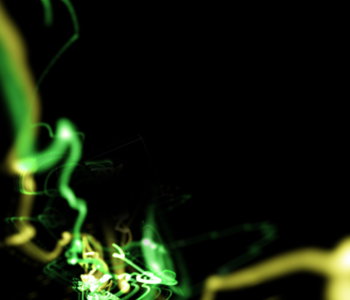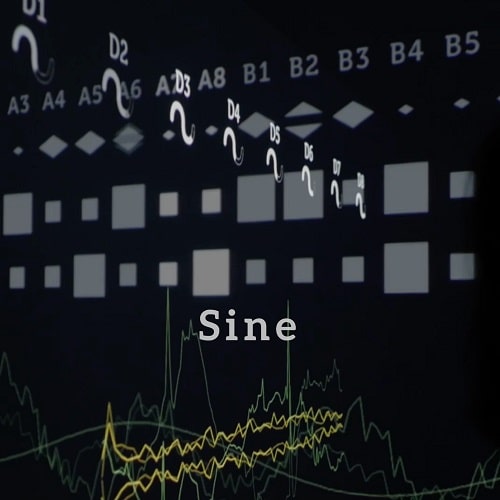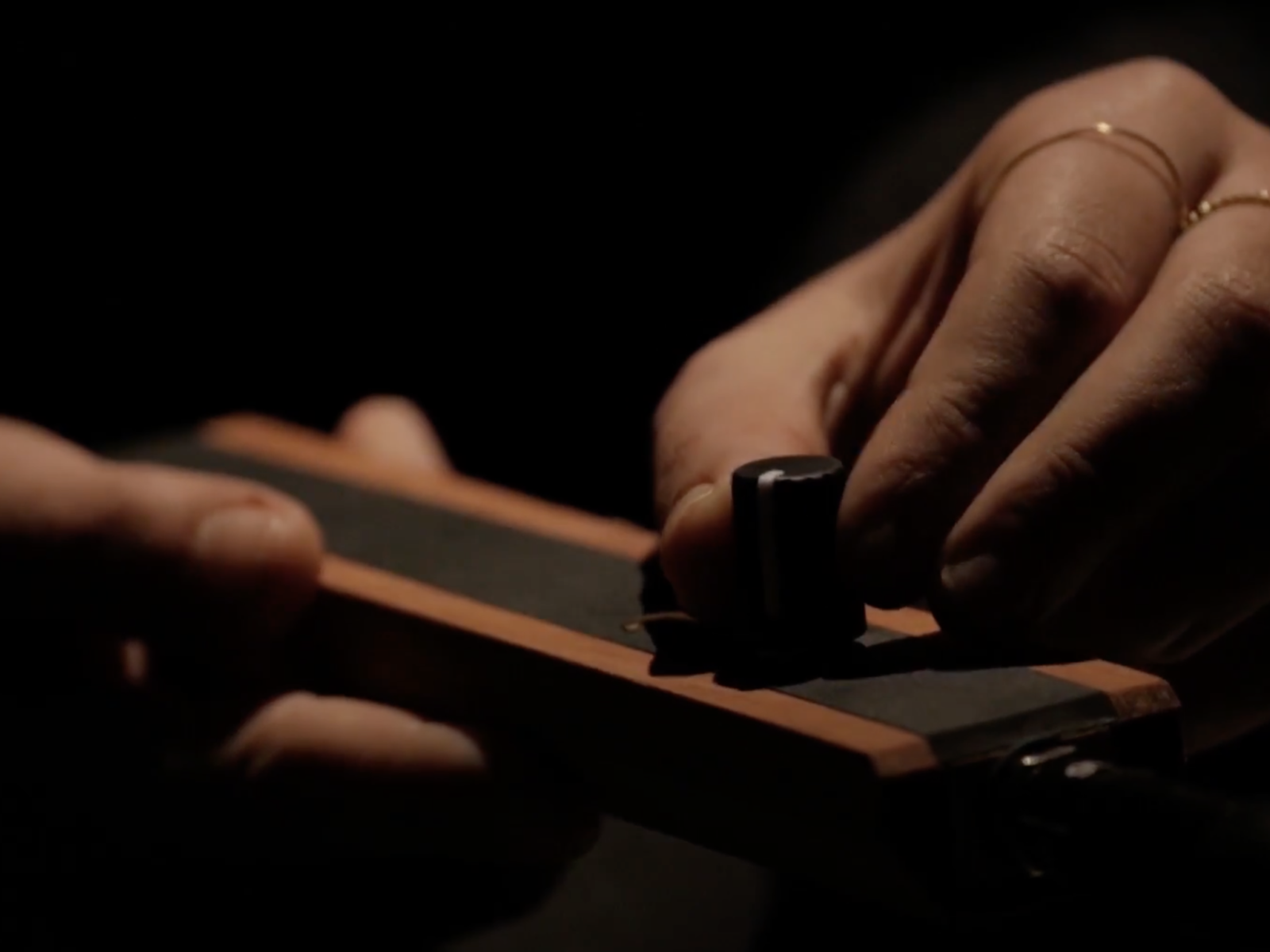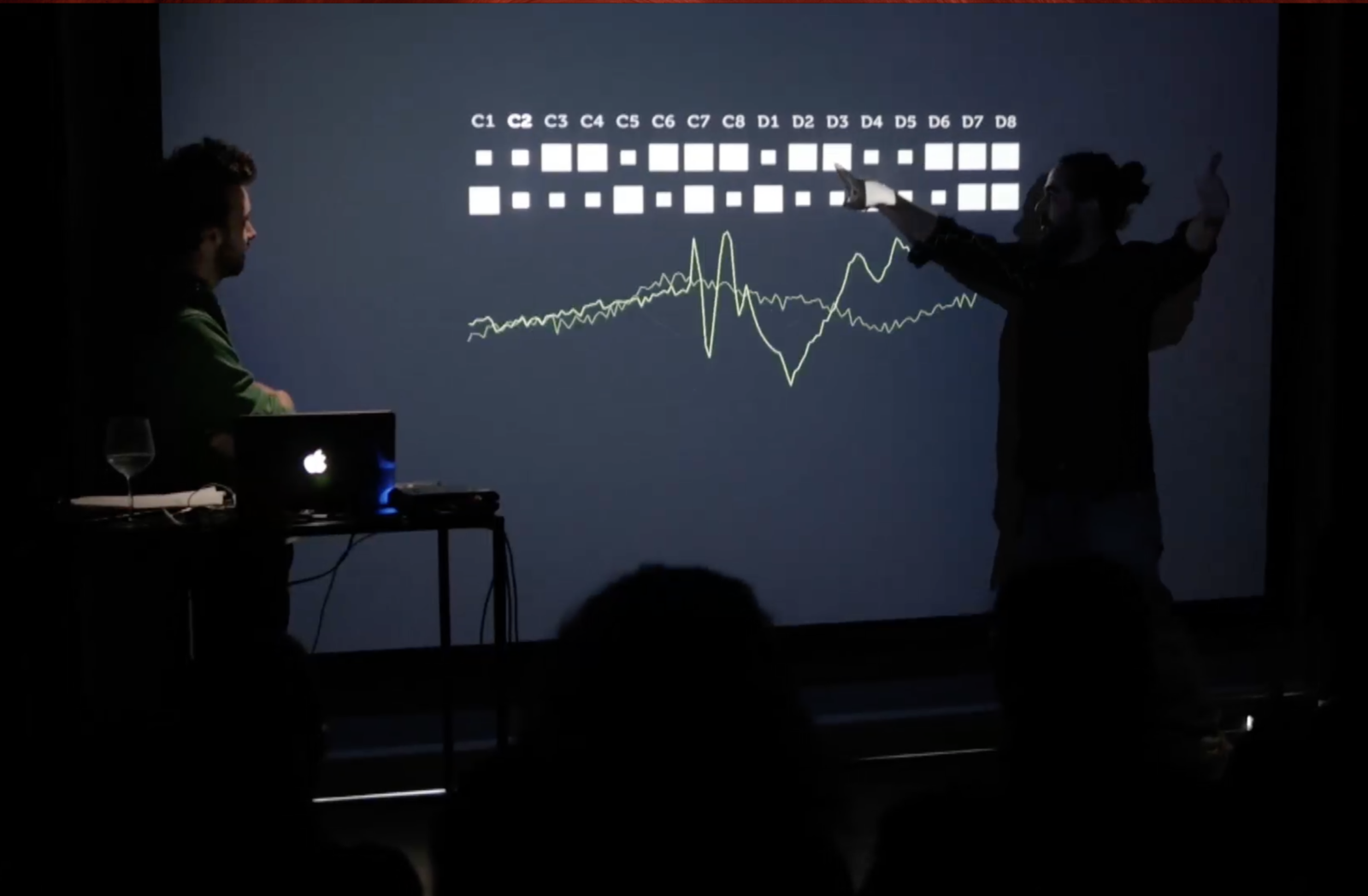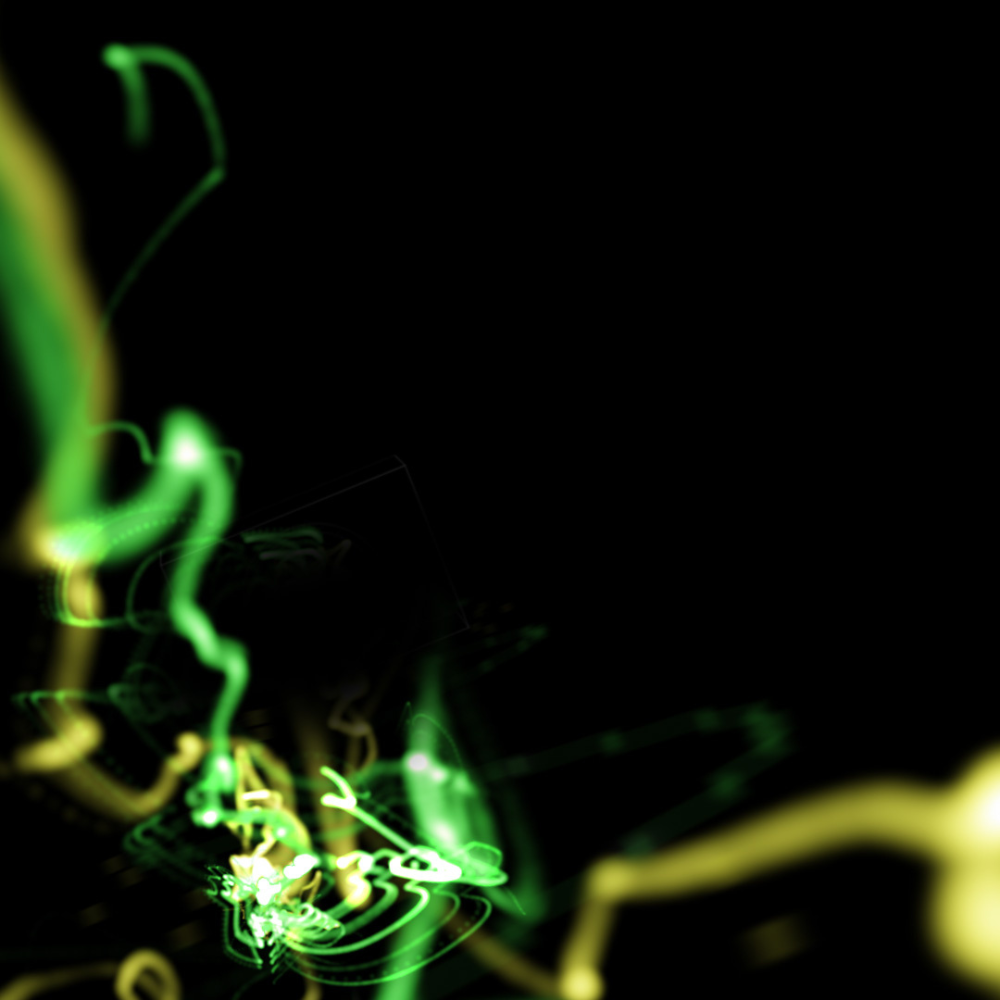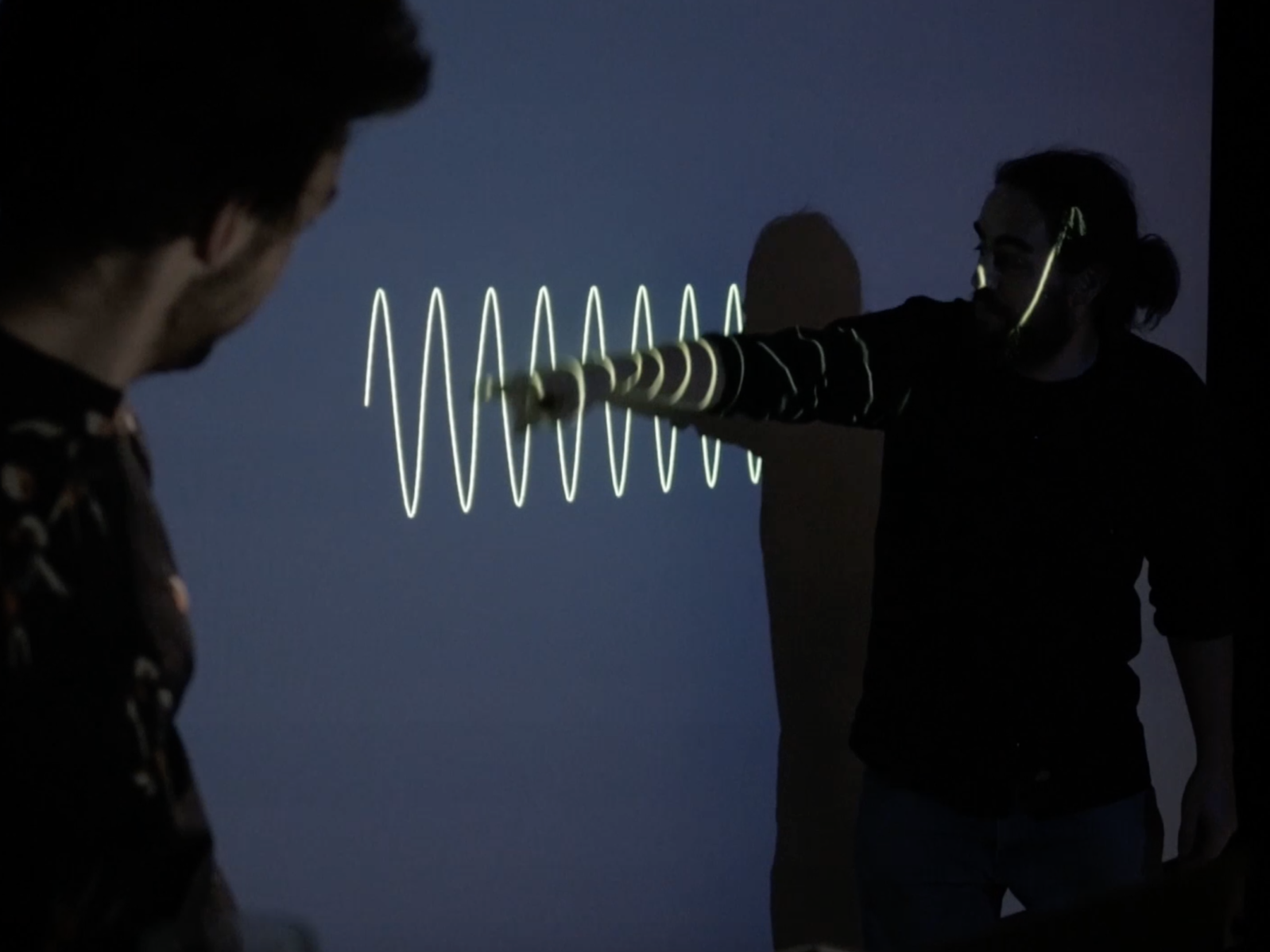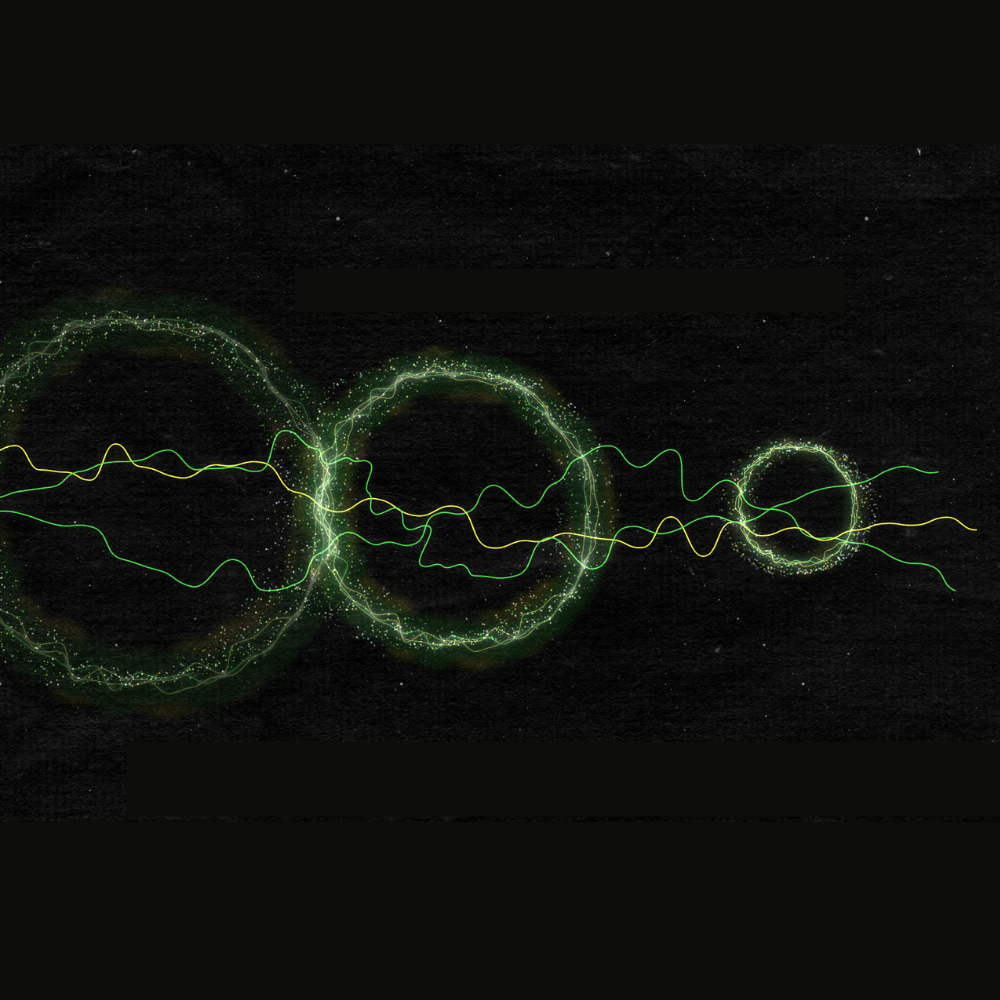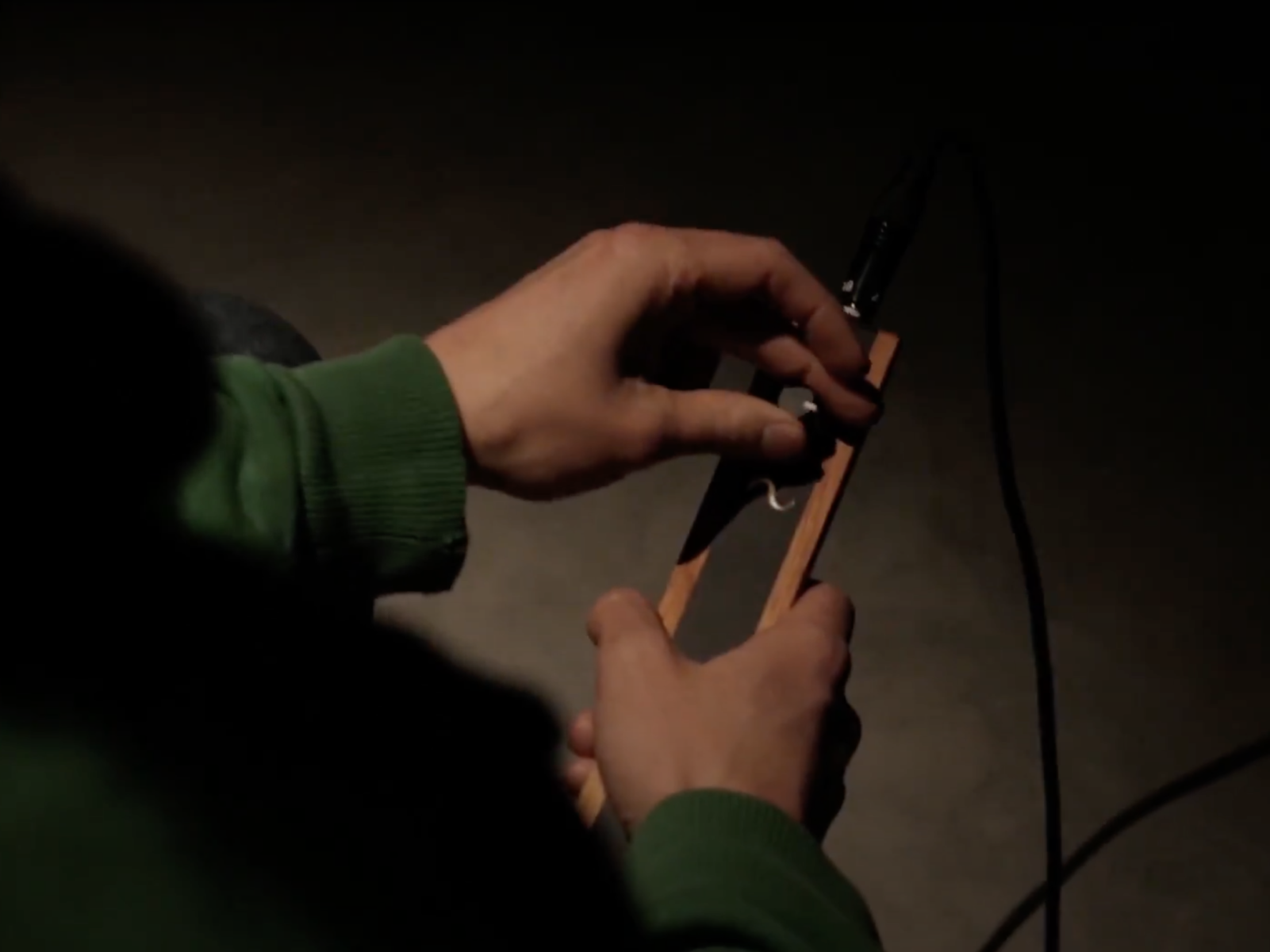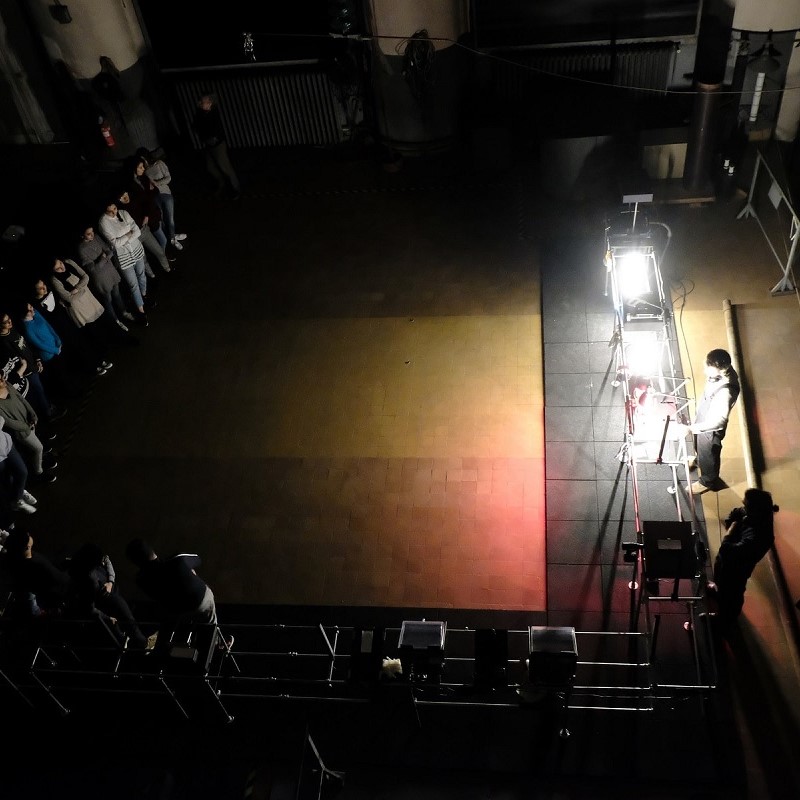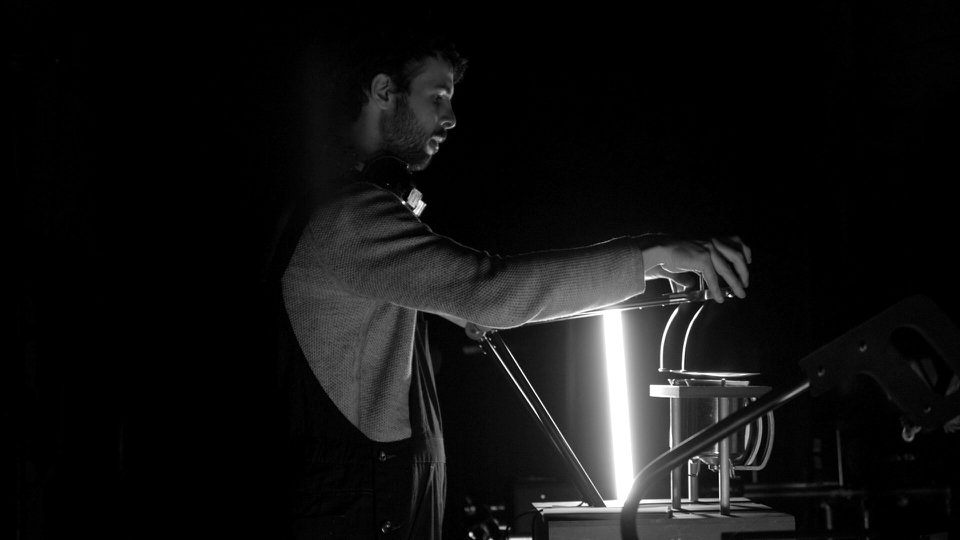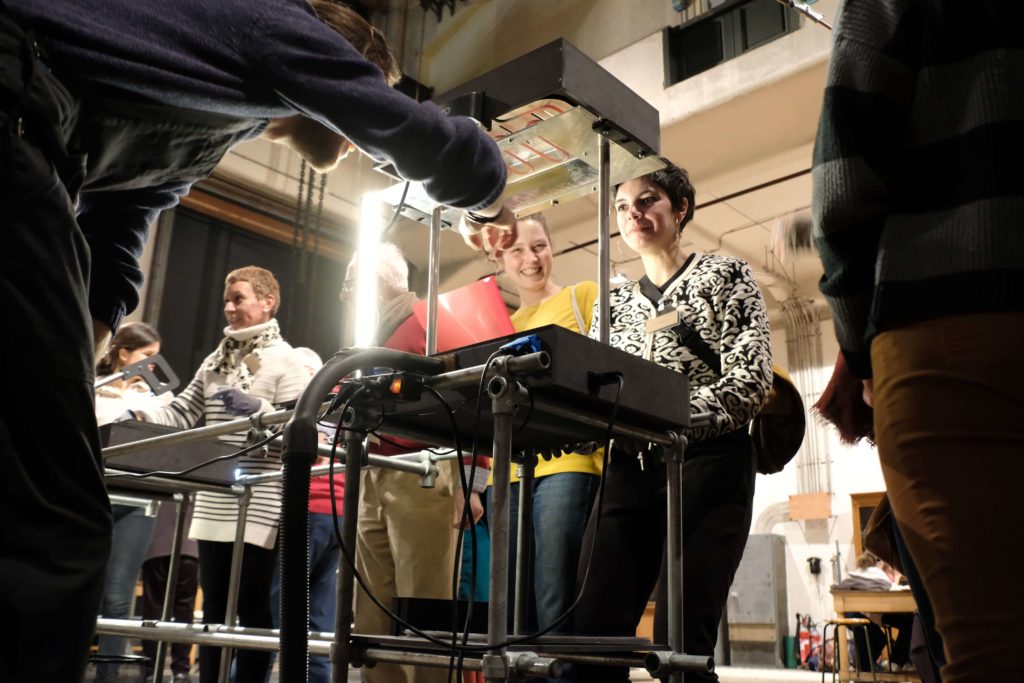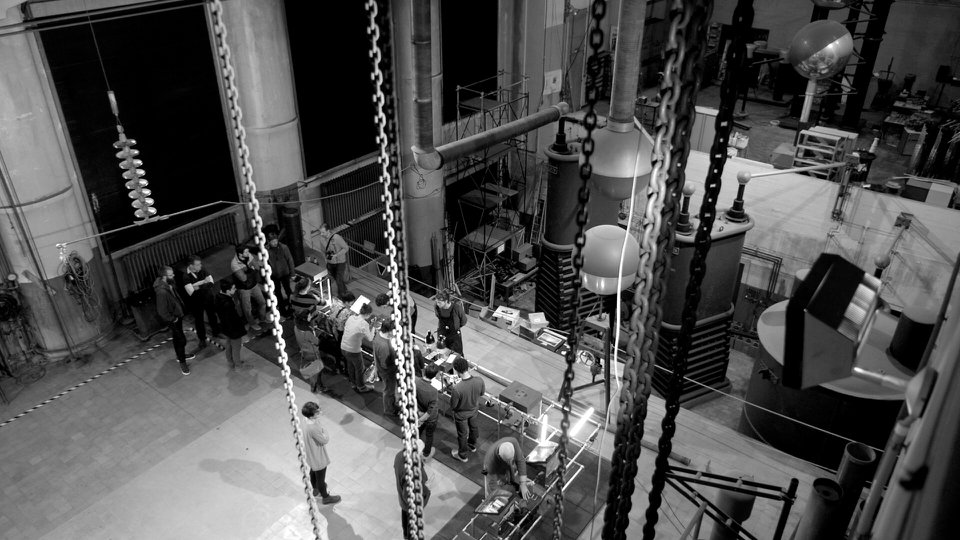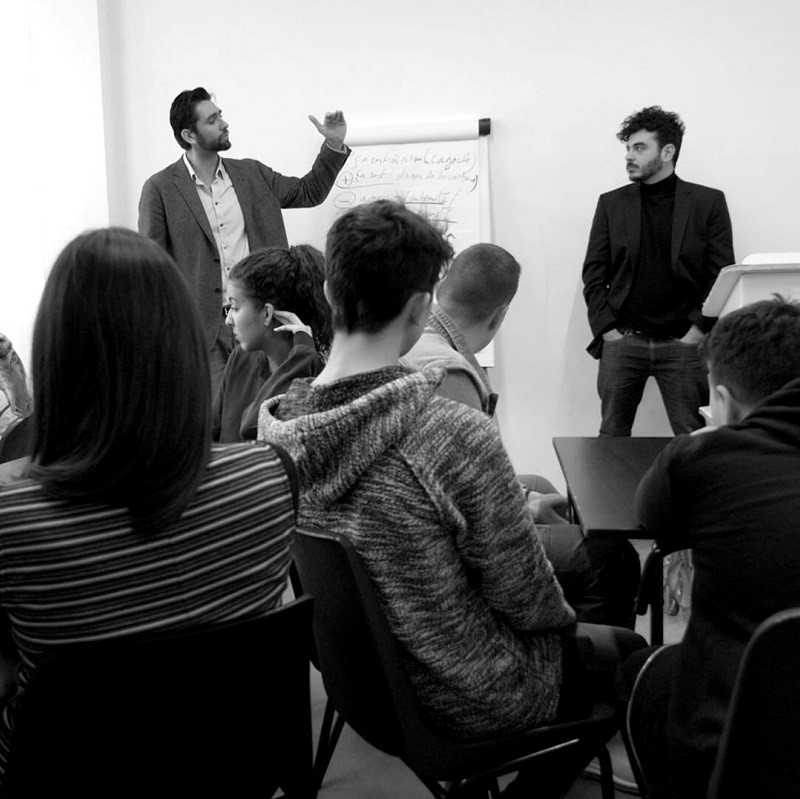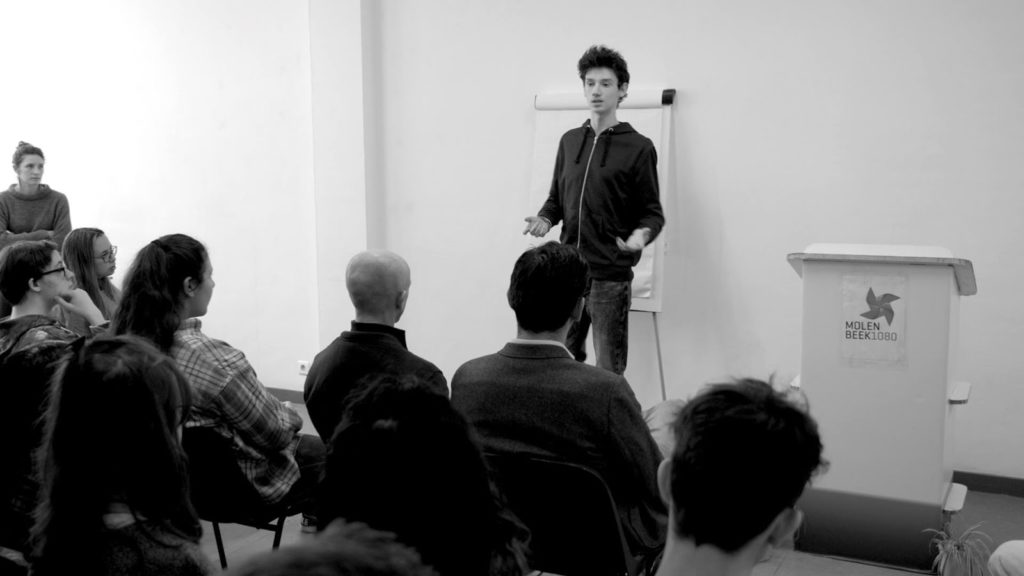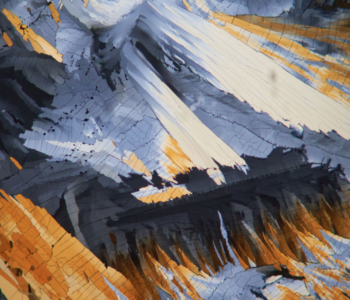
Tales of Entropy
Tales of Entropy with Roméo Poirier is an audiovisual performance based on generative music production, polarised light microscopy and image analysis. This show merges analog and digital creation tools, proposing a sensitive exploration of the structures of organic matter, under the prism of bold musical expressionism.
A microscope on stage visualises a series of laboratory samples and takes the audience for a stroll in an hypnotic visual landscape, exploring different states of matter. As the temperature of the different samples change in a thermal oven, the matter transforms and passes from liquid, to liquid crystal, to crystal, displaying striking colour patterns under polarised light. This live scientific experiment is recorded by an HD camera and choreographies of colourful structures are projected on stage, creating visuals with a powerful abstract narration
The use of image analysis tools allows us to extract different data from the microscope feed (colours, textures, motions) and transform them into meaningful signals, which are sent to Roméo Poirier and used on the go to produce generative music.
Roméo Poirier works in an hybrid analogue and digital music production environment, choosing the depth of the impact of the signals on different musical tools, thus creating a personal musical interpretation of the transformations of matter as they happen. The music of the performance aims at reflecting the contrasts and the textures of the different samples, oscillating between atmospheric landscapes, broken vocal samples, warm ambient cocoons and thunderstorms.
Production of the visuals
Nicolas Klimis, Ohme
Tales of Entropy uses a polarised light microscope and a UHD camera combined with a thermal oven to follow the emergence of crystals and to control phase transitions and liquid crystal orientations in a creative way. The image comes from a physical area of the samples of only 1 mm length.
This leads to dynamic scientific visuals, which are not coded on a computer, but are evolving, analogue live images of organic compounds under thermodynamic transitions.
Due to the physics of the system, theses moving images vary from one performance to the other creating each time unique patterns, that are partially deterministic and partially stochastic.
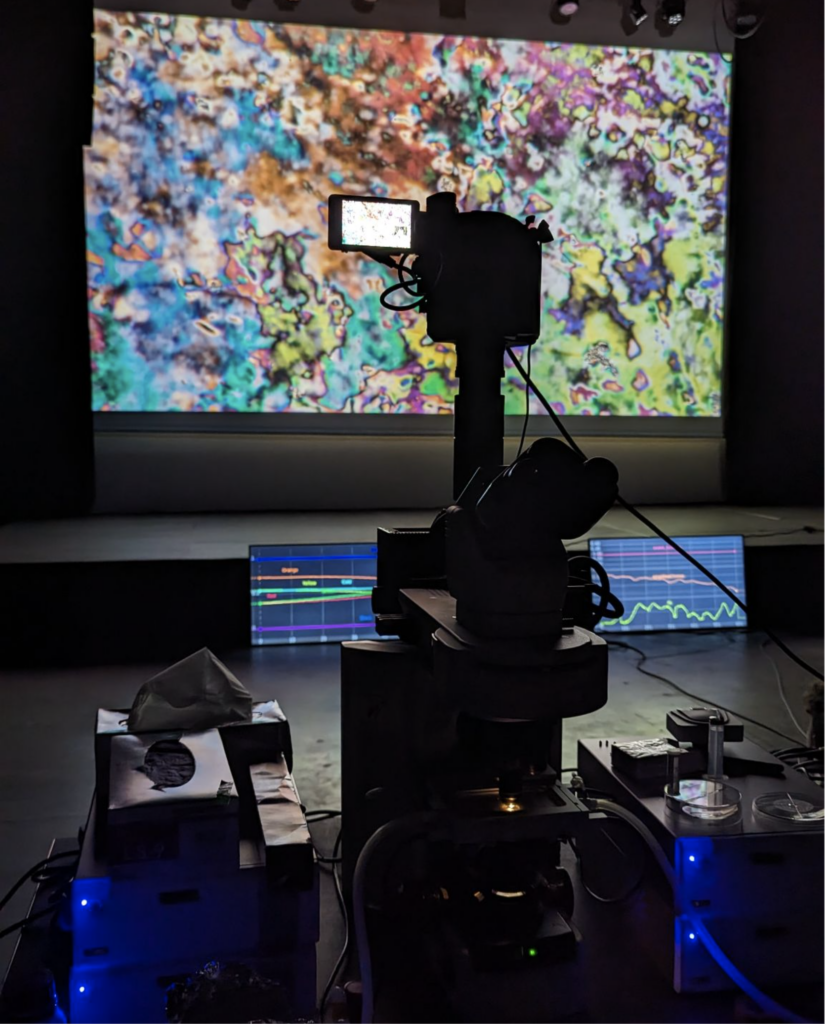
Different molecules in the performance
Laboratory of Polymer Chemistry (ULB)
Transfers, Interfaces and Processes (ULB)
Liquid Crystals and Photonics Group (UGent)
Thanks to a close collaboration with different units of research in Belgium, we have access to a rich series of organic compounds presenting different crystal and liquid crystal phases, presenting different colours and patterns under polarised light. This allows to produce a large diversity of visual abstractions and powerful transformations.
We work with 5 different samples that have very different behaviours upon heating and cooling, and whose features are reflected in the dramaturgy of the generative music produced.
In parts of the performance, the sample is connected to electrodes that are directly connected to the modular synth of Roméo Poirier allowing very reactive liquid crystal orientations.
The performance is then logically divided in different chapters presenting different abstract languages in connection with the music.
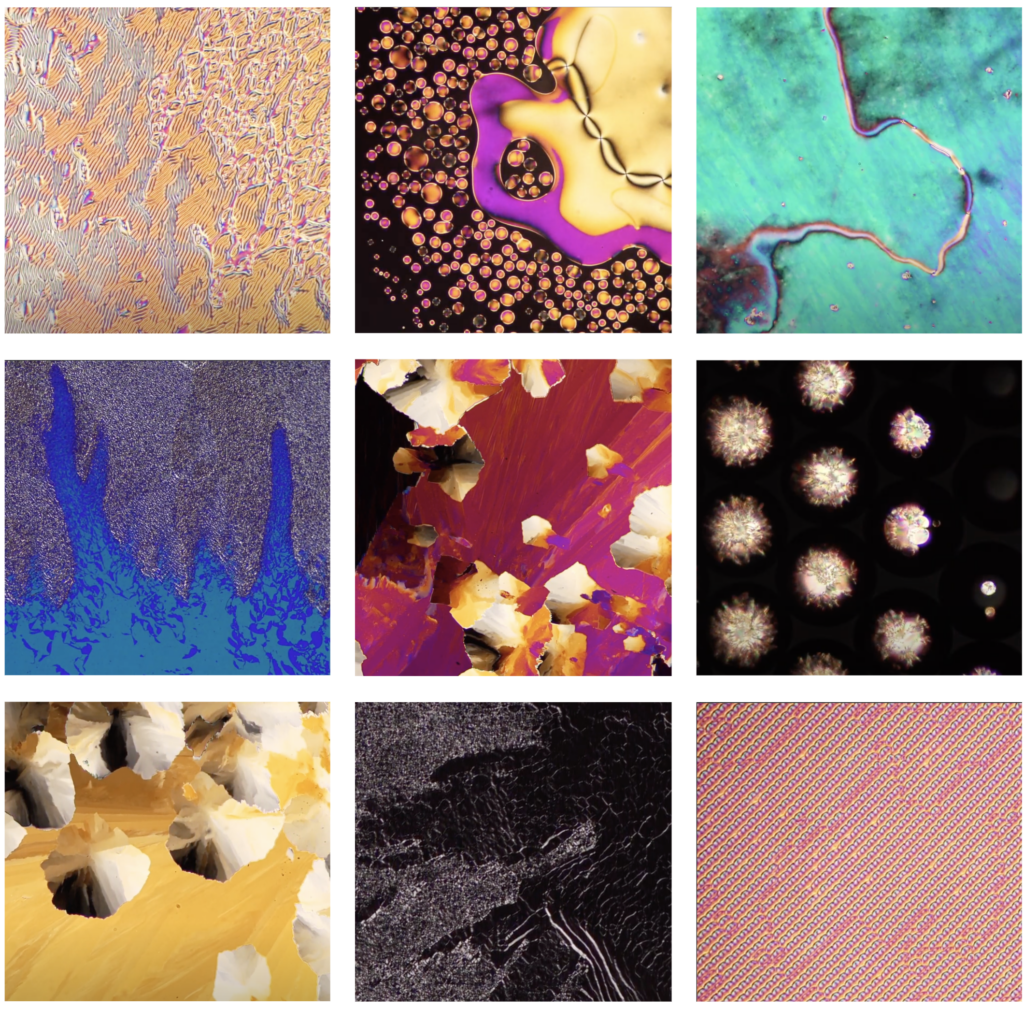
Image Analysis
François Bronchart, Ohme
The use of image analysis tools allows us to process the data from the microscope video stream and transforms it into meaningful signals.
Different algorithms (shape and event detection, fourier transform, statistical analysis, etc.) allow us to extract data on colours, textures, motion or the presence and position of certain patterns happening live inside the thermal oven.
The signals are then sent via an OSC protocol to Roméo Poirier and are used for the generative production of the music.
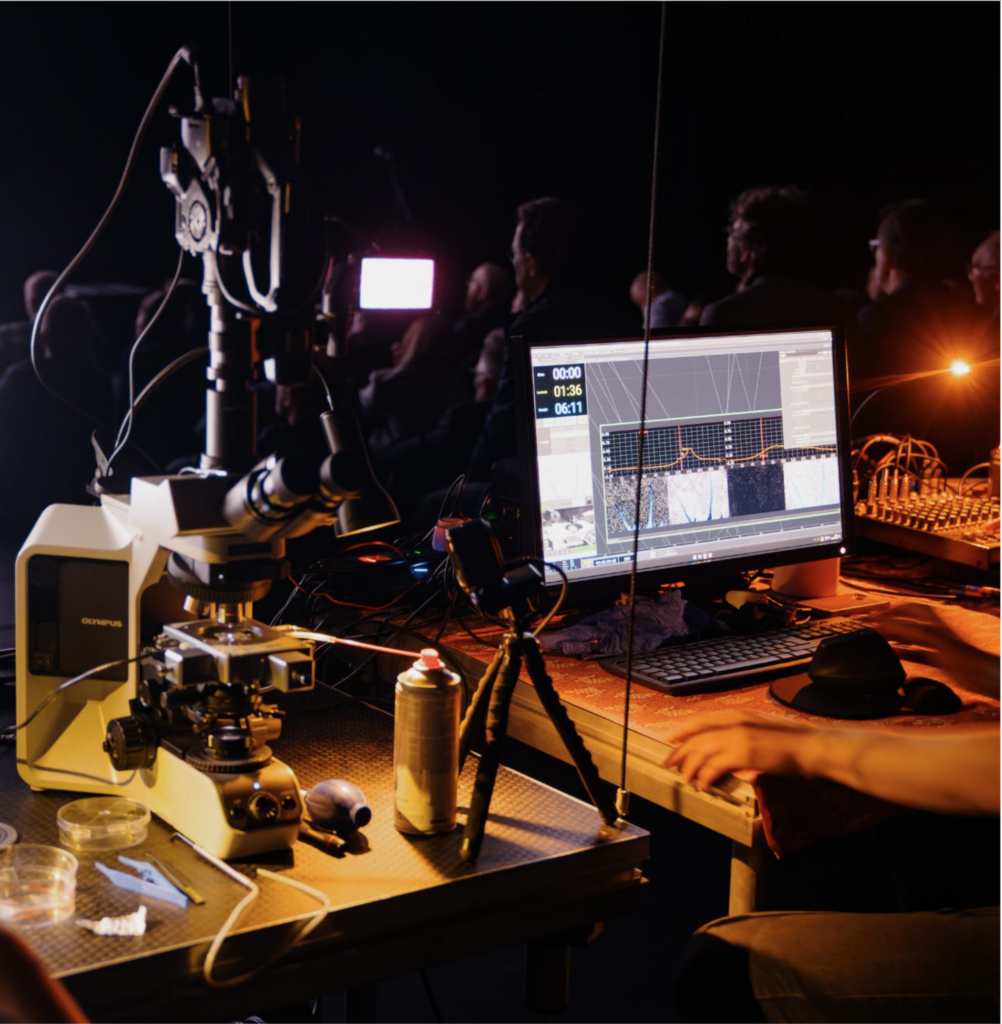
photo © Illias Teirlinck
Generative Music Production
Roméo Poirier
Roméo Poirier works in an hybrid analog and digital music production environment, choosing the depth of the impact of the signals on different musical tools, thus creating a personal musical interpretation of the transformations of matter as they happen.
The music of performance aims at reflecting the contrasts and the textures of the different samples, oscillating between atmospheric landscapes, heavily processed vocal samples, warm orchestral fragments, thunderstorms and passing shadows of dissonance.
The artistic intention is providing a counterpoint with the sound from the images, while being dictated by them, elaborating a parallel narration.
His set-up is made of an analog modular system and a computer processing multifarious digital signals.
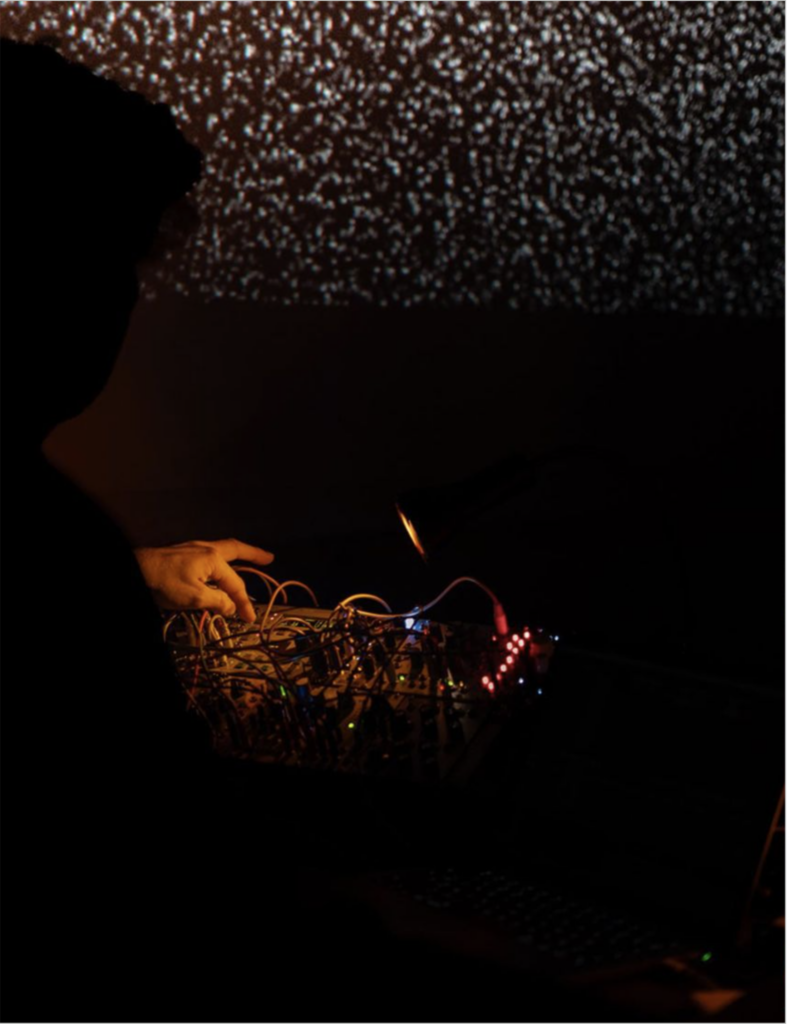
photo ©️ Tim Oosterlynck
Tales of Entropy – photographic series
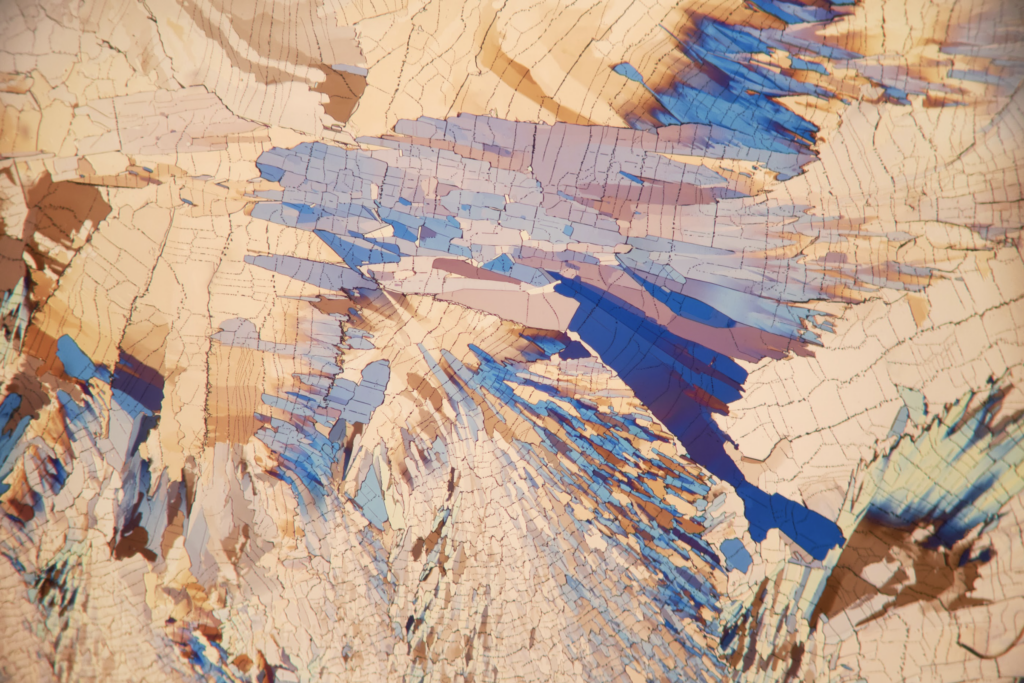
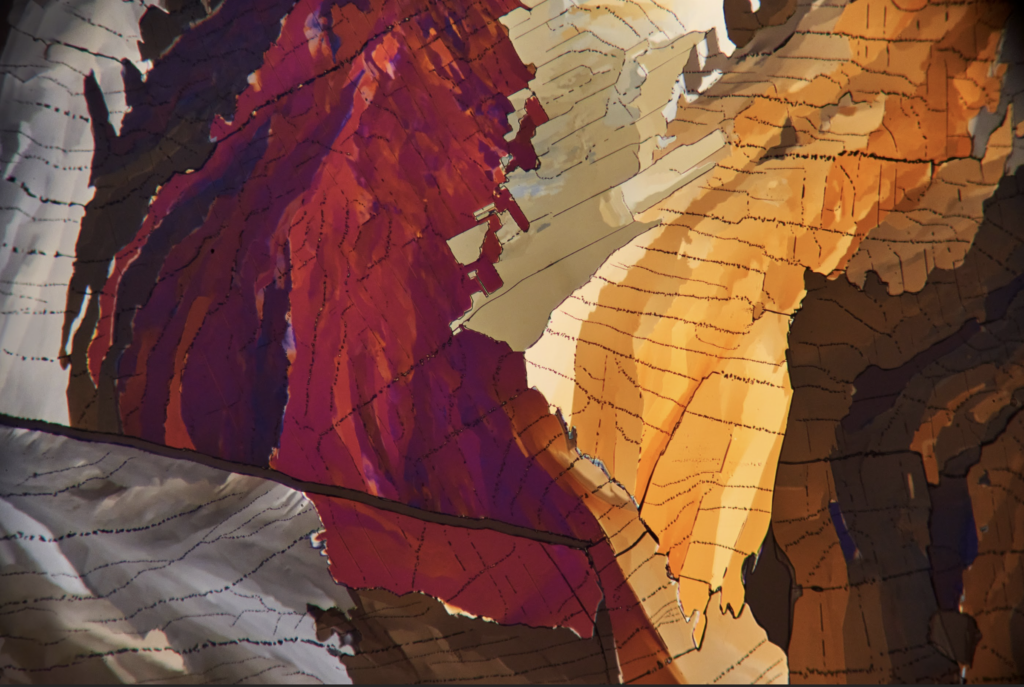
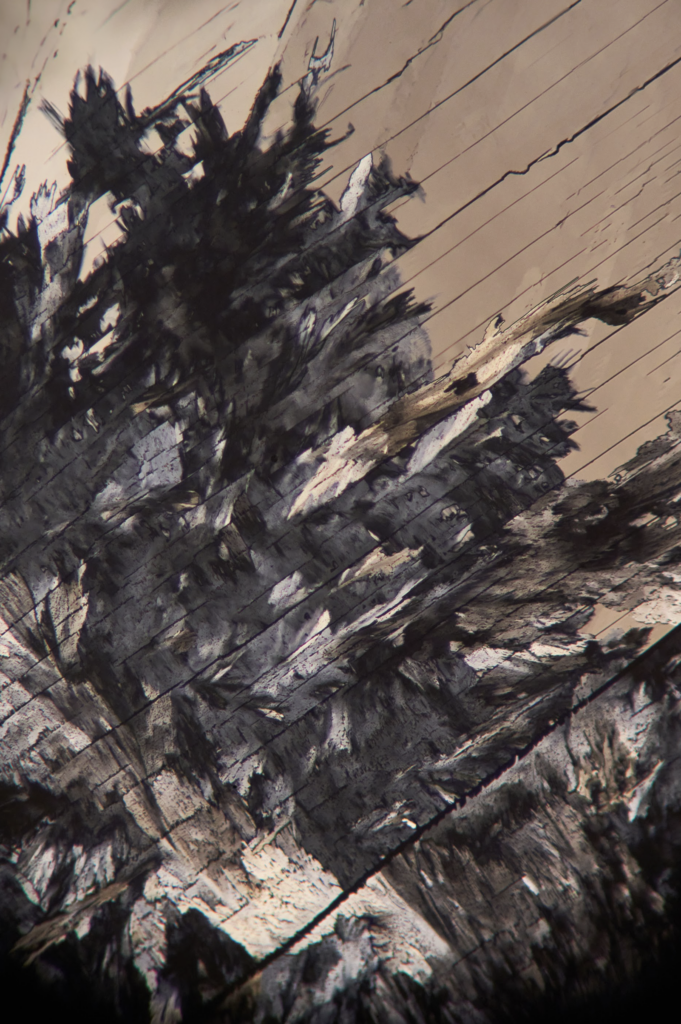
Tales of Entropy is an ongoing project that has been presented in live AV show with different musicians and composers, such as LB Marszalek (fka Juanita), Boho Strings, La Reine Seule, and Romeo Poirier.
Credits:
Conception and realisation: Guillaume Schweicher, Nicolas Klimis
Computer vision: François Bronchart
Music : First iteration, Juanita | Second iteration, Boho Strings | Third iteration, La Reine Seule | Fourth iteration, Romeo Poirier
Special Thanks to Laboratory of Polymer Chemistry (ULB) – Transfers, Interfaces and Processes (ULB) – Liquid Crystals and Photonics Group (UGent)
Presentations:
First iteration: Pilar ASAP – OHME Unframed: Fluidity Edition | 23 October 2020
Second iteration: La Vallée, Brussels | 15th May 2021
Third iteration: I Love Science Festival, Brussels | 16 – 17 October 2021 • Museum Night Fever, Halles St Géry, Brussels | 23 October 2021 • Atelier 210, Brussels | 23 November 2023
